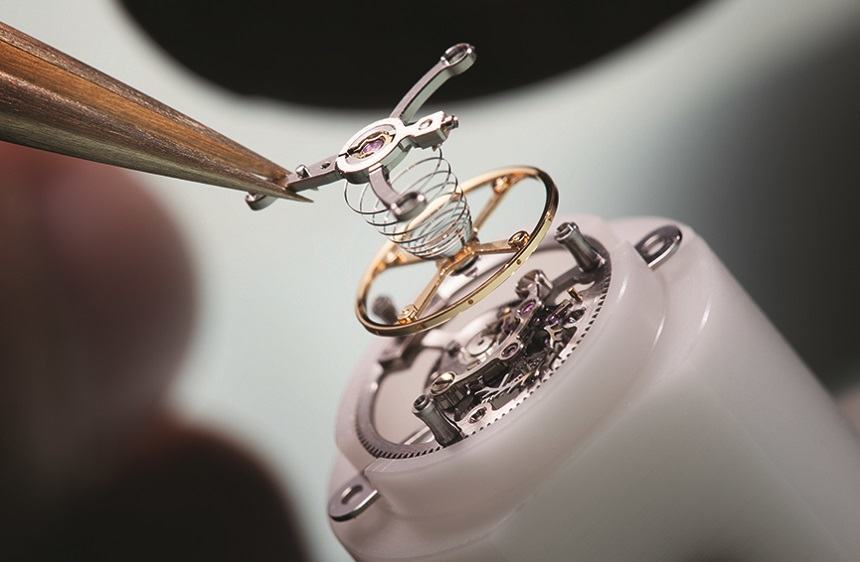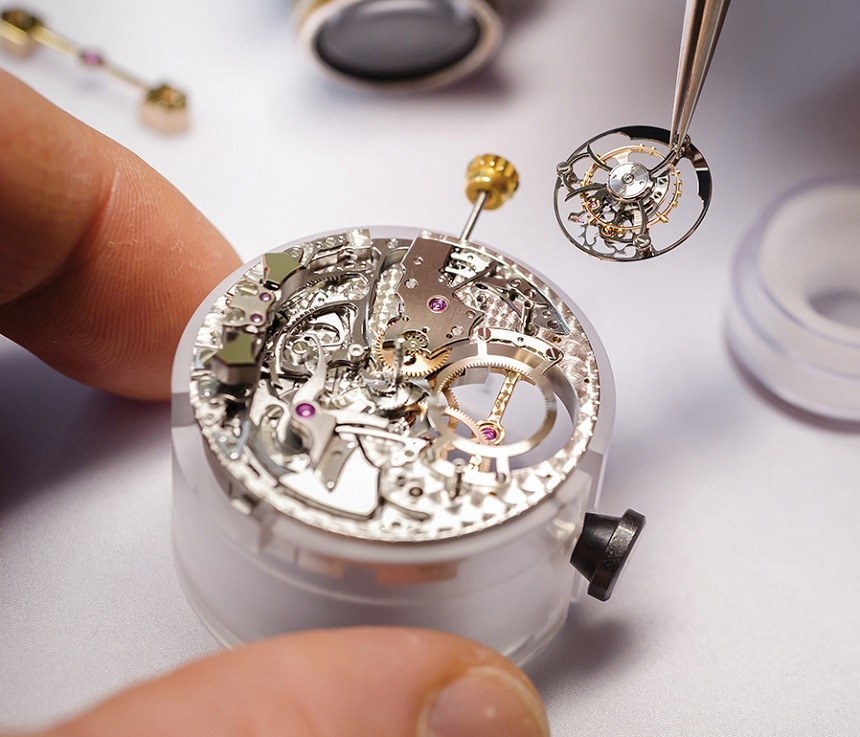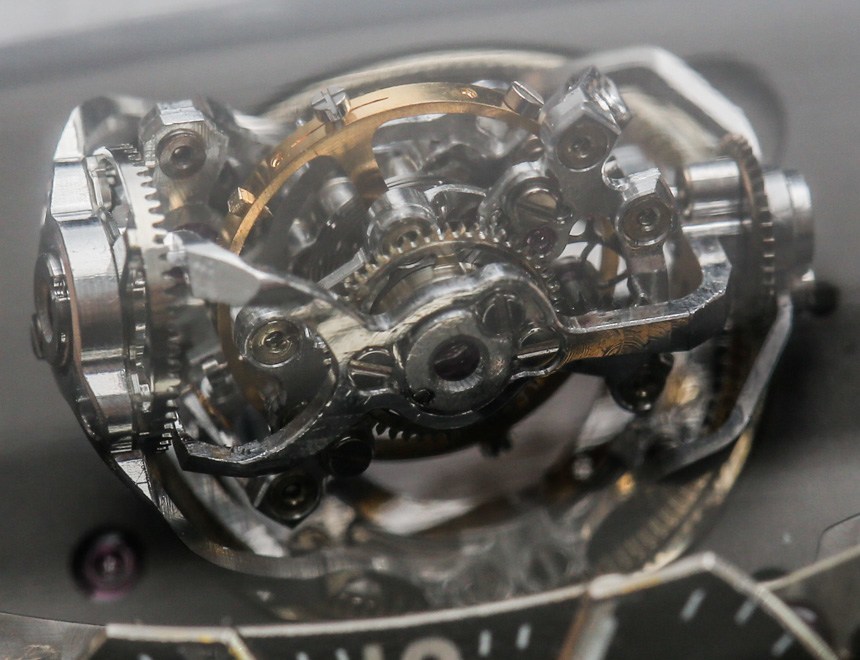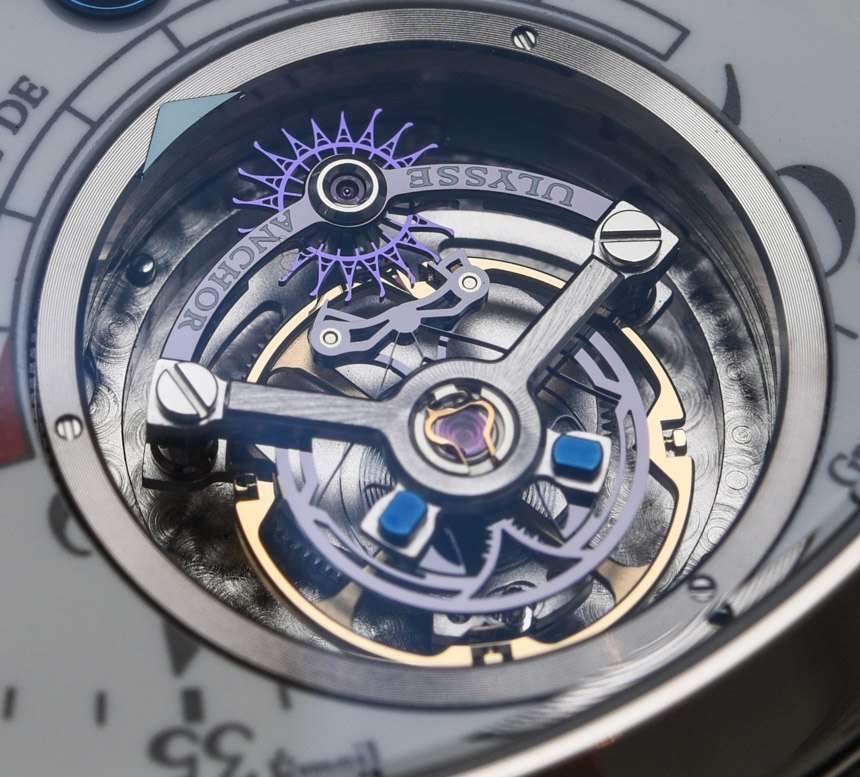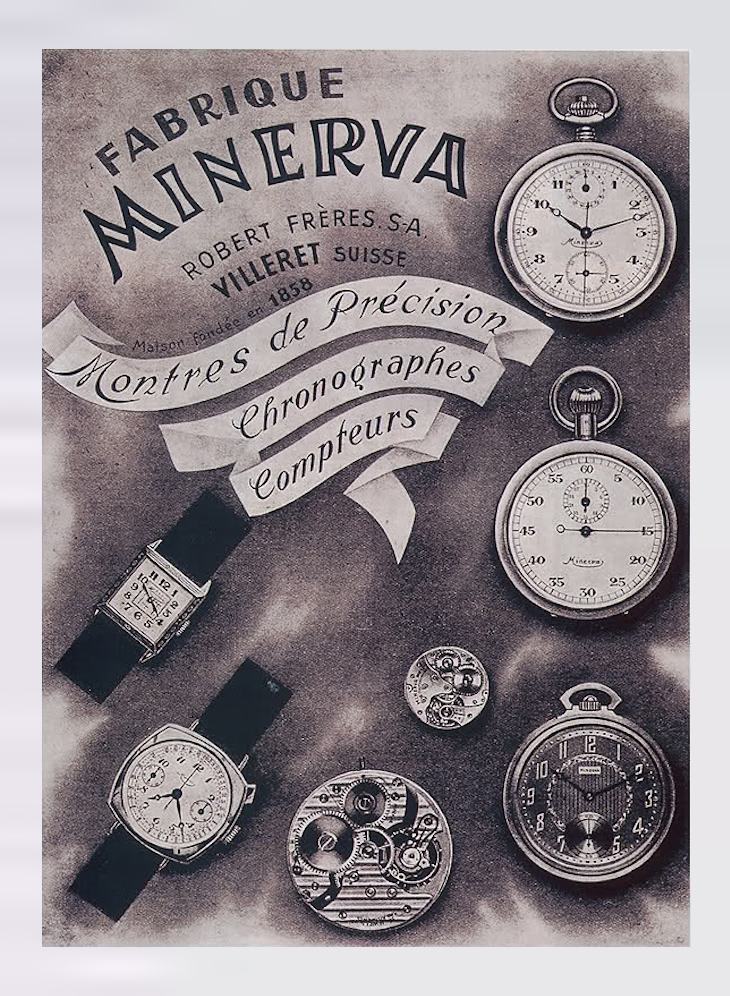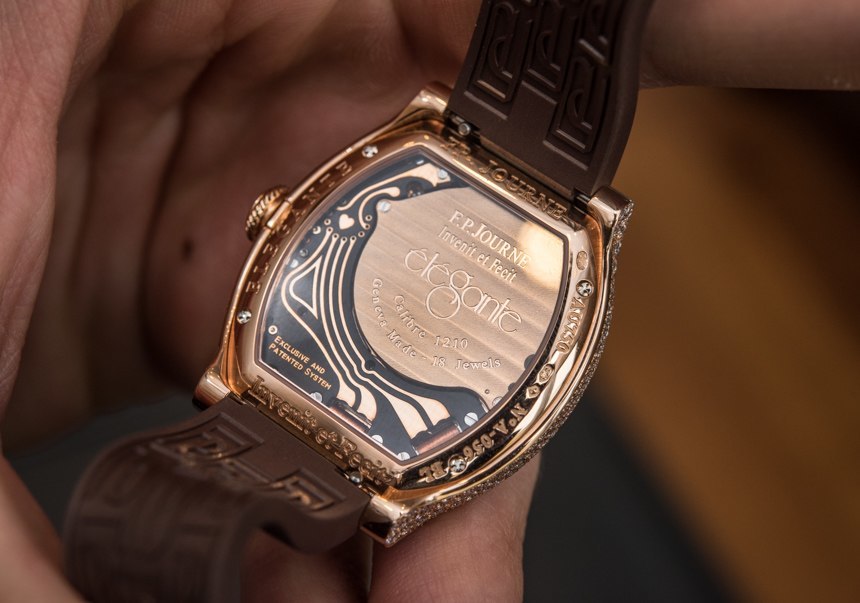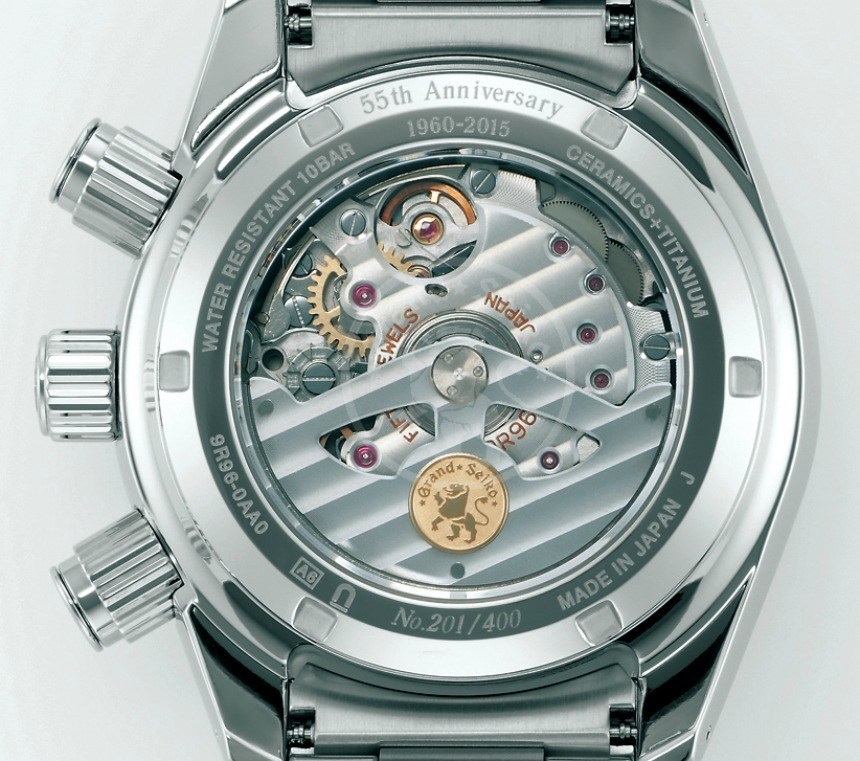
Research a car, and you’ll know its mileage and 0-60 time. Buy a phone, and you’ll get information about estimated battery life and how much memory it has. Buy a watch, and you’ll rarely have any information as to how accurate it is supposed to be. Of course, anyone can take in their watch to a watchmaker and have its rate results tested or use a device they purchase on their own, but why is it that more watch companies don’t make it a point of pride to advertise how accurate their watches are?
Before I begin a longer conversation on this topic, I want to make it clear that there are some rather compelling reasons why watch makers do not make estimates on accuracy or how well their timepieces will perform – and I’ll get to that in more detail a bit later. Nevertheless, in an industry where things like “chronometry and isochronism” (and related concepts) are discussed all the time in marketing materials, shouldn’t watchmakers take a bit more responsibility and simply share what all of these cool terms and technical innovations they keep talking about actually do in the real world? In other words, should more watch companies who allude to the fact that their timepieces are especially accurate actually go so far as to back up their claims?
Let me give you an example. Several years ago, aBlogtoWatch was one of the first watch publications to regularly call out tourbillons for what they actually are: beautiful mechanical art – and nothing more. Watch companies who produce expensive tourbillon timepieces often like to “remind” consumers that the tourbillon was invented by Abraham-Louis Breguet back in the 18th century as a means to cancel out the negative effects of gravity on a balance wheel and thus theoretically lead to a more accurate timepiece – well, often a clock back then. At least, that was the idea at the time.
What these same watch companies do not do is actually go a step further and share the “performance data” of these tourbillon watches. Is your new $80,000 tourbillon-equipped mechanical watch more accurate than a $5,000 mechanical watch without a tourbillon? Often times not, and in most instances, the tourbillon watch (despite looking a lot fancier) is less accurate than the more standard mechanical movement. What gives?
The reality is that tourbillons can serve a performance enhancing effect… in some limited circumstances with a vertically-aligned (and often stationary) balance wheel. On a wristwatch, having a tourbillon is mostly redundant (since the wearer is moving their wrist all over the place anyways) or actually detrimental (sometimes, it means too many extra places for power to be lost and other inefficiencies). So the luxury watch industry likes to share the romantic history of what the tourbillon was originally designed to do and happens to leave out the fact that in most modern watches, the best tourbillons are often merely as accurate as standard timepieces – despite looking a lot more “cool” in operation.
This anecdote about tourbillon watches is part of a larger issue of watch brands skirting around the issue of the performance of their watches when they take so much effort and time to suggest that their watches perform well. That isn’t a universal truth, however, and I don’t mean to imply that watchmakers never advertise promises of accuracy. A great example of common promises of performance is when you have a watch movement that has been COSC Chronometer certified. According to COSC standards, movements with the certification must test within the range of -4/+6 seconds per day.
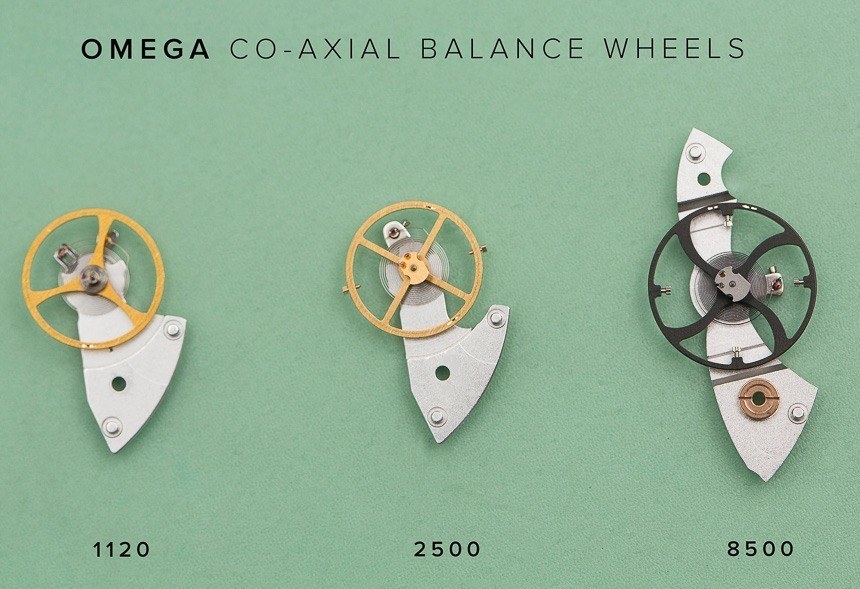
Development of Omega balance wheels over time: a larger balance wheel generally yields greater accuracy over time
There are other movement and cased-watch certifications out there, such as the Seal of Geneva and others. For 2015, both Rolex and Omega have announced that they will each be coming out with their own internal tests for the accuracy of the movements they make. These new tests offered by both Omega and Rolex are unique, but in many instances, promise accuracy ratings of COSC standard or much better.
To put things into perspective, COSC says it certifies about 1.6 million movements each year (we’ll add that COSC also certifies quartz calibers, but those account only for a negligible couple tens-of-thousands of movements annually) while, according to the Federation of the Swiss Watch Industry (FH), Switzerland exported approximately 8.1 million mechanical wristwatches in 2014. This means that 19.75% or about one fifth of all Swiss Made mechanical watches have been COSC certified. With the rest of the certifications added, roughly 22-23% of the total Swiss wristwatch production received some sort of a chronometry certification, while the rest were sold without any guarantees regarding their accuracy.

Timelab’s Observatoire Chronometrique was supposed to be a COSC alternative, but since the original announcement in early 2014, news about this institution has been scarce
Still, a very accurate mechanical watch is going to be accurate to about one second a day. That means if your mechanical watch is off by 30 seconds a month, it is still considered fantastically accurate. There are also a lot of things which can have an effect on accuracy. These variables include temperature, magnetism, the physical orientation of the watch case (and thus, the movement), as well as how wound the mainspring is, because differences in torque affect most watch movement regulation systems.
Each of the above factors are all excellent reasons why the watch industry does not want to publicize accuracy promises: because even an otherwise accurate watch can easily be measured as extremely inaccurate when in the wrong situation. There are just a lot of variables that can have an adverse effect on the accuracy of a mechanical movement. That is one major reason why most watch brands do not want to advertise promises about the accuracy of their watch – because rate results can change rather easily.
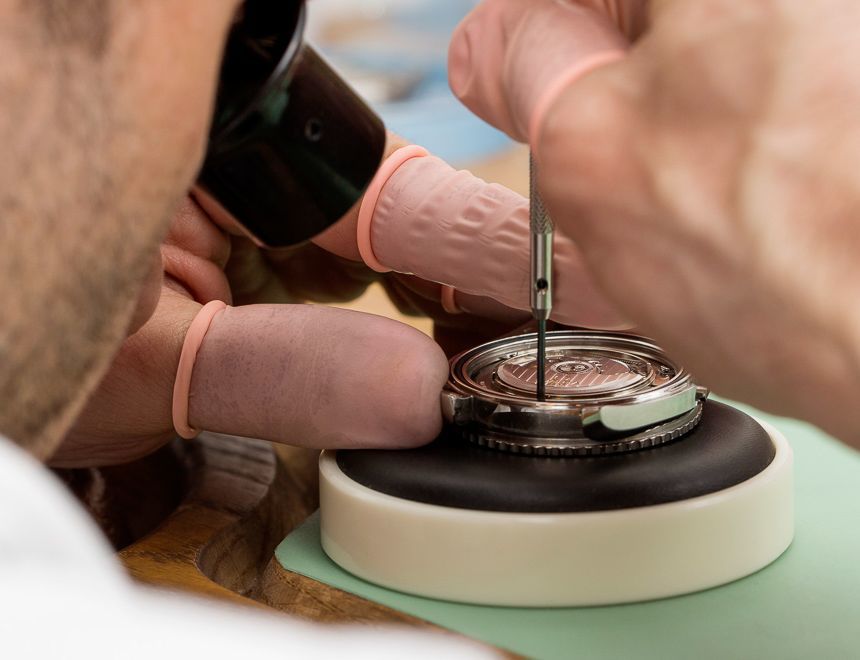
Put this concept into a bigger business picture, and consider things like warranties and servicing. Once a watch brand makes a promise about accuracy and their watch doesn’t meet that promise, the consumer is going to be upset and want the watch to be serviced – ideally, under warranty, as far as the consumer is concerned. This is exactly what the watch brand does not want. As far as the watch brands are concerned, warranty service requests are a nuisance they are forced to put up with and will do whatever it takes to reduce the availability of warranty service reasons.
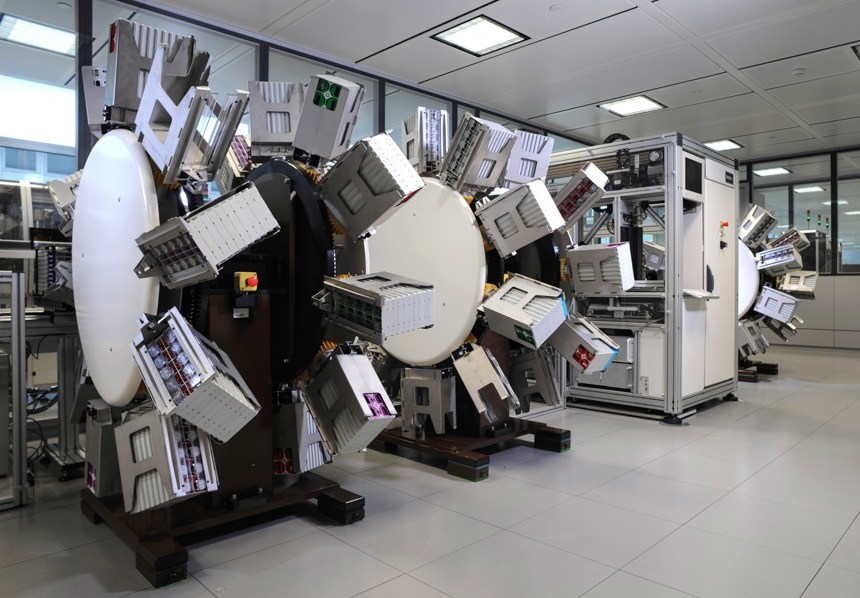
A superb shot from our 10 Things to Know About How Rolex Makes Watches article, showing some of the company’s rate testing machines at work. (Click here for the article)
If a watch buyer comes in with a watch that cannot easily be regulated for better accuracy, the watch company now has to engage in copious repairs to meet the consumer’s expectations. In fact, those expectations absolutely must be met if there is an advertised level of accuracy. This means that advertising a level of accuracy will end up costing a watch brand a lot more money in servicing it cannot monetize. I know that this answer doesn’t satisfy consumers, since it is simply a tactic to save money by a watch company that has a negative effect on consumers, but it is the truth.

When a consumer takes a watch in to be serviced, the hope from the brand is that either no repair will be necessary (at least under warranty) or that they can service the watch outside of warranty – which of course, involves a cost, often in the hundreds or thousands of dollars. I don’t mean to imply that watch companies do a poor job at watch servicing – although this is an all too common complaint among watch buyers – but rather that they have a vested interest to reduce instances where they must services watches for free; and I hope I’ve explained how those instances can increase if the watch brand takes it upon itself to advertise accuracy.
In many ways, companies share merely as much information as they need to by law or competitive standards. Car companies share fuel mileage information because they are required to by law. For the most part, the watch industry (luxury or otherwise) has almost no special regulations. As far as the law is concerned, there is nothing at all wrong with selling a luxury watch with a movement so inaccurate that it is at best some type of moving art on the wrist. Of course, that watch company’s reputation would suffer, but the government probably wouldn’t fine them.
Let’s also look at the competitive landscape of watches, especially in recent times. Before the 1970s, during a time when most people were purchasing mechanical watches, companies had much more incentive to advertise performance. Because most timepieces sold used a similar type of technology, it was a lot more simple to compare your product to that of a competitor, and brands felt a lot more comfortable boasting about their product’s relative performance. While you didn’t see too many advertisements about watch accuracy, you did have an overall consumer sentiment that the more finely made a watch movement was, the more accurate it would be. Oftentimes, that was true, and it was up to the consumer to discover those brands that they trusted most.
The need to spend a lot of money to buy a “high performance” watch ended with the advent of the mass-produced electronic quartz movement, which started to occur in the 1970s and, by the 1980s, had almost totally overtaken the mechanical watch industry. I mention this because electronic quartz-based watches are far more accurate than mechanical watches. While a very good mechanical watch was accurate to within a few seconds per day, a simple or standard quartz movement was accurate to within a few seconds per month. A fancier quartz movement was (and still is) much more accurate than that. In fact, during the quartz movement revolution, consumers started having the option of buying remarkably accurate quartz watches that might never lose a second of time during the wearer’s life (assuming a battery change wasn’t necessary – which, of course, they were).
Cheap quartz watches came with an enormous performance gain over even very expensive mechanical watches, and the same thing applies today. Therefore, because traditional mechanical watches are much less accurate than mainstream quartz watches, I think that many traditional watch brands are almost embarrassed to advertise their accuracy ratings when the accuracy of a $10 quartz watch will far exceed that of most any $1,000,000 mega-luxury timepiece.
People in the watch industry often say that “people don’t wear watches anymore to tell the time.” In a sense, that is true, because people no longer rely on their watches to tell the time given the availability of easy-to-find clocks on the electronic devices we carry – such as our mobile phones. This notion that people don’t wear watches to tell the time has led to a culture of watch makers who are less interested in selling a high-performance product (because they really can’t compete with quartz watches at all), and more about selling craftsmanship, novelty, and luxury.

“Raw” hairsprings to be matched to balance wheels and cut to the correct length to ensure ideal isochronism
That’s probably a smart move on behalf of the watch industry, but the result has been a culture where watch performance doesn’t really matter as much as story and design when it comes to sales. I just wish that watch makers would put more effort into performance as well, as I think it would further stimulate mechanically-minded people to love watches.
There have been a number of times when a watch brand – excited about a new product or technology – shares with us (in great detail, sometimes) about their new watch that has a movement which is “designed for peak performance.” Today’s watch industry abounds with techniques used by watch companies to increase the performance and thus accuracy of their products. In addition to tourbillons, there are all manners of constant force escapements, exotic or uncommon materials used in place of traditionally metal parts, new types of balance wheels and escapements, and a universe of little tweaks and twists on traditional concepts, all in the name of performance. After hearing about all of these exciting things, we sometimes reply with the question, “that all sounds great, so how well does this watch actually perform?” If we even get an answer at all, it is some whispered comment not written down and certainly “not official.” I just find that disconcerting, but again, there is a reason for it – whether or not you feel it is honorable.
So, going back to the discussion above, why would a watch maker espouse the merits of some new movement or technology and then utterly fail to explain its performance in the real world. The reason is that doing so would immediately call into question the performance of all the watches they sell which don’t have this technology. Without offering actual values of real world performance, watch brands feel a lot more safe introducing new technology and not worrying about how it will effect the sales of their products that don’t include this technology.
This is a very real issue because it is extremely rare for a watch company to release some new type of performance increasing technology and then to immediately implement it across all of their products. That just doesn’t happen at this time – not even close.
Should watch makers advertise the accuracy of their watches? I think so. I think it helps complete the circle of how the watch’s history, contemporary story, and technology all combine for a product that looks nice, on the wrist is recognizable by others, and that offers a reliable level of performance. This latter assurance is all too often absent, and I just think most watch collectors have convinced themselves (often erroneously so) that accuracy is simply not important to them.
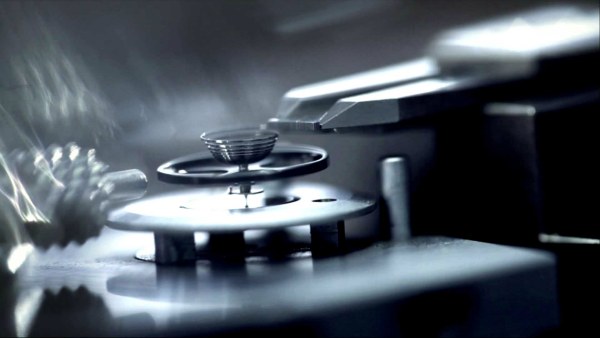
One brand that does tend to advertise the accuracy of their watch movements is Seiko. Of course, it is Seiko… The thing is that Seiko does it in a way which is really weird for consumers. Seiko mostly advertises an accuracy rating that is far worse than what most people actually experience with Seiko watches. Why on earth would they do that and lead some people to believe that their movements are not better than reality, but worse? Well, it might seem like a counter-intuitive thing, but I believe I know the reason for it. If Seiko develops a very liberal definition of how accurate their watches should be, then they will experience much fewer consumers coming to them claiming warranty service needs. This way, consumers can come in claiming that their Seiko watch isn’t accurate enough and before Seiko performs a warranty repair can look at the published promise of accuracy and say that the movement falls within “an acceptable range.” This is essentially a lot of wiggle room to prevent repairs, but at the same time, it leads to a lot of consumer confusion.
Perhaps not that much confusion, however. If Seiko were losing business because of its labeling practices, it would likely change them. More likely, a small percentage of Seiko consumers even know where to find or read the ratings on their in-house movement’s accuracy, and those that can, often already know how much more accurate Seiko watches tend to be.
Chances are slim to change the minds of watch industry executives who have been comfortable this long not making assertive claims about the accuracy of their watch movements. For them, the system isn’t broken, and they certainly aren’t going to fix it. With that said, I think that consumers should demand more information when a watch company goes out of its way to explain how super accurate a watch is, and then never actually share data on performance.
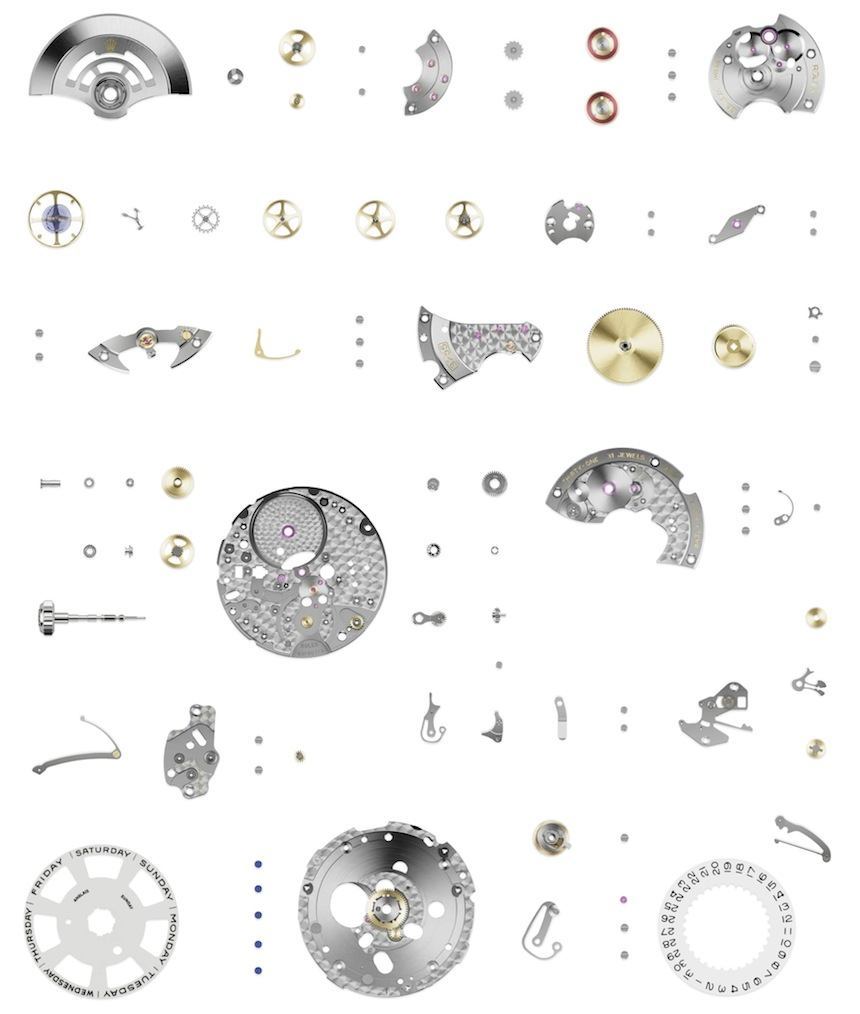
An “exploded view” of the Rolex Calibre 3255 that goes inside the new-for-2015 Rolex Day-Date 40 (further explained here)
At the end of the day, it is true that most consumers who purchase high-end timepieces don’t need them to tell the time. However, why shouldn’t they be able to tell excellent time with those watches? If watch brands want to convince consumers that their timepieces are built for optimal performance, then simply put their money where their mouth is and actually prove that those watches have some appreciable performance benefit over the competition. Otherwise, watch makers should just say “we designed this movement to look cool and are thrilled it actually works. In fact, it works so well that it isn’t any less accurate than most of the standard watches you are used to.” That’s actually not even really a joke because sometimes it is considered a “success” when an exotic movement is merely as good as a simple one – but with the added complexity and artistic element.


